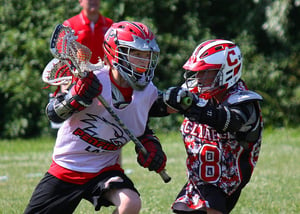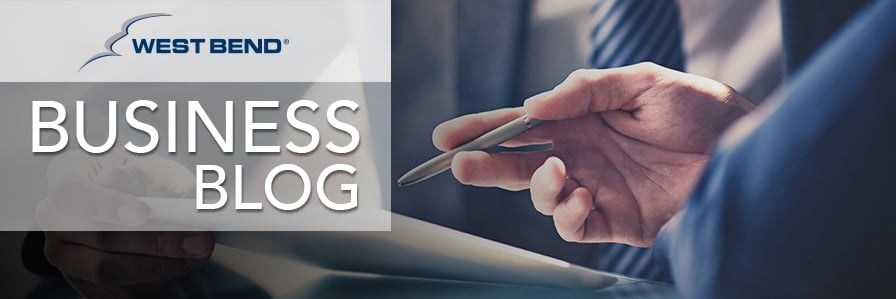Fall sports are ramping up as the weather cools down. Football and lacrosse seasons are starting; even some baseball and softball teams are still playing. Winter sports, including hockey, basketball, and volleyball are on the horizon. Boys and Girls Clubs, YMCAs, and other community organizations often offer sports programs for children. Playing on sports teams is a great way for children to exercise and work together with teammates. Having the right safety equipment is essential for keeping children safe and healthy while playing sports.
Helmets
Helmets are critical for reducing head injuries. Some sports have a higher risk of head injury than others. Participants should wear helmets that are designed for the sport they are playing. Children should not be allowed to participate if they do not have a proper helmet. Helmets should also meet industry standards. Some sports, such as wrestling, require head guards or soft helmets. These are also important for keeping children safe. Soft helmets, however, would not be adequate for contact sports, such as football.
Eyewear
Protective eyewear is also important safety gear for some sports. Different sports may require different levels of eye protection. Bicycling and racquet sports participants, in particular, should wear eye protection. Sometimes helmets can also provide some protection for players’ eyes. Children who wear glasses may also need special protection for their glasses during play.
Mouth Guards
Contact sports, especially, require mouth guards for protection. The American Dental Association recommends that mouth guards be worn during sports that could cause injury to the mouth by head-to-head contact, hazardous falls, or flying pieces of equipment. While many sports do not require mouth guards, it’s always smart to encourage players to use them in sports that have any of the previously-mentioned risk factors.
Other Protective Equipment
Some sports require other protective equipment in order to be played safely. Shin guards for soccer players and pads for contact football or hockey are just a few examples.
The bottom line is that children should not be allowed to participate in their sport without all the necessary safety equipment. While this may mean some children have to sit out if they forget something at home, it’s more important to keep them safe in the long run.





